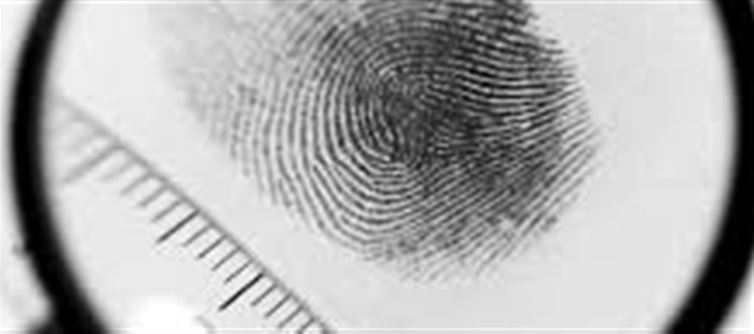
Fingerprints are the unique patterns on the tips of our fingers, and they’re more than just cool designs—they actually help us in many important ways. One big reason we have fingerprints is to help us grip things better. The tiny ridges and grooves create friction, which means when you hold a pencil, climb a tree, or open a jar, your fingers don’t slip easily. Think of fingerprints like the treads on your sneakers that keep you from slipping on the floor!
Another fascinating fact is that no two people have the same fingerprints—not even identical twins! These patterns are formed before you’re born, while you’re still growing in your mom’s belly. The way your skin grows and the pressure it experiences creates a totally unique design. That’s why fingerprints are often used to identify people, like in detective stories or when you unlock a phone with your finger.
Fingerprints don’t just help us hold things; they also make our sense of touch more sensitive. The ridges increase the surface area of our skin, which helps our nerves pick up even tiny details, like the texture of a leaf or the grooves on a coin. This means fingerprints play a big role in how we explore and understand the world just by touching it.
Interestingly, some animals have fingerprints too! For example, chimpanzees and koalas have patterns on their fingers that look a lot like ours. This shows that fingerprints might be useful for many creatures when it comes to gripping and feeling objects. So next time you look at your fingertips, remember—they’re a perfect little tool designed by nature just for you!




 click and follow Indiaherald WhatsApp channel
click and follow Indiaherald WhatsApp channel